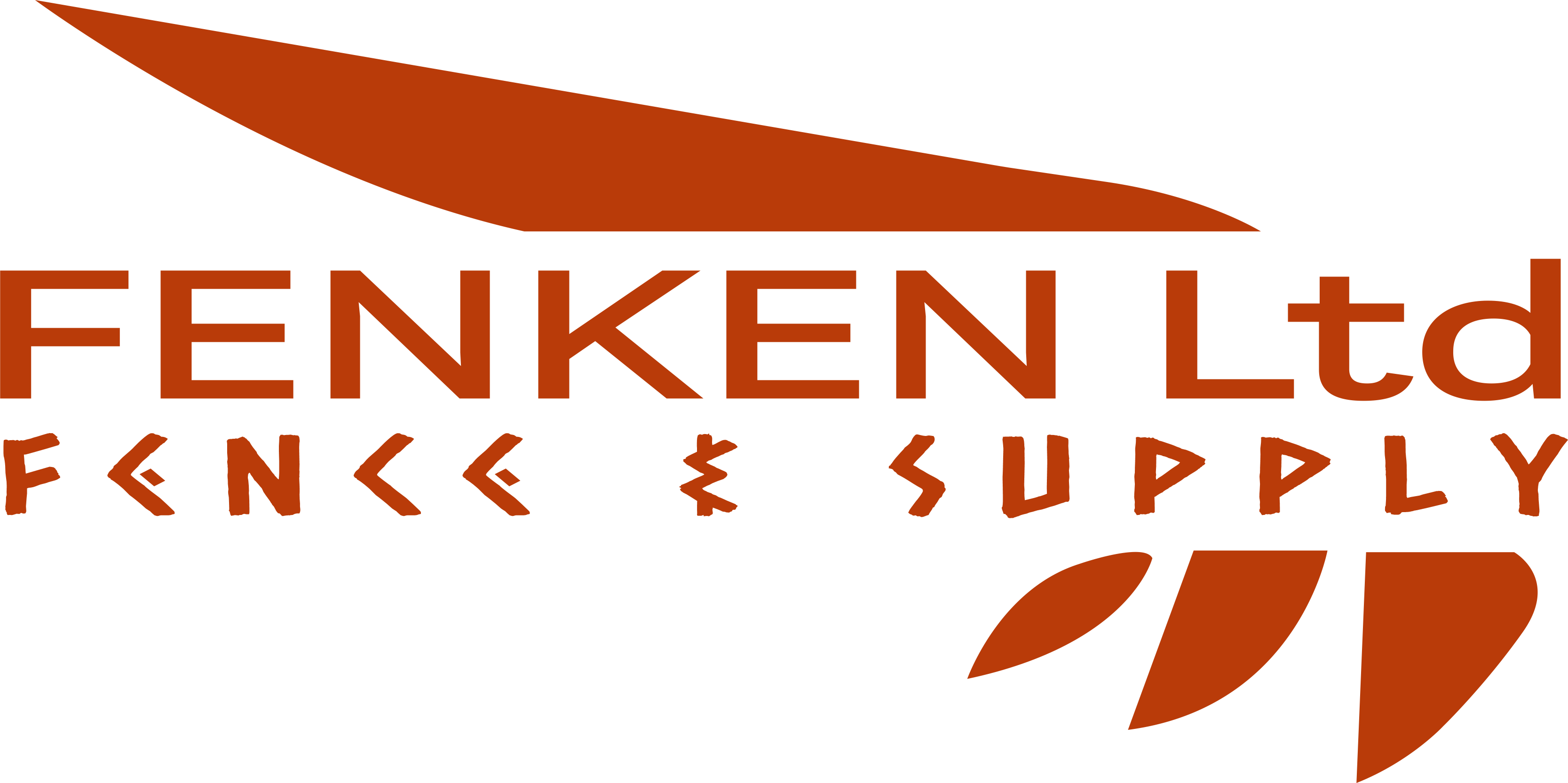When it comes to electric fencing, many people think first about the wires, energizers, or posts along the line. But ask any experienced fencer, and they’ll tell you the truth: the strength of a fence is determined at its corners. The corner assemblies are the anchor points that bear the tension, maintain alignment, and keep the entire system functional and durable. Neglecting them is one of the most common causes of fence failure.
At Fenken Fence and Supply, we’ve seen it time and again — fences that look fine on the surface but collapse or lose tension because corners were poorly designed or hastily installed. In this article, we highlight why careful attention to corner assemblies is essential and what every installer should keep in mind.
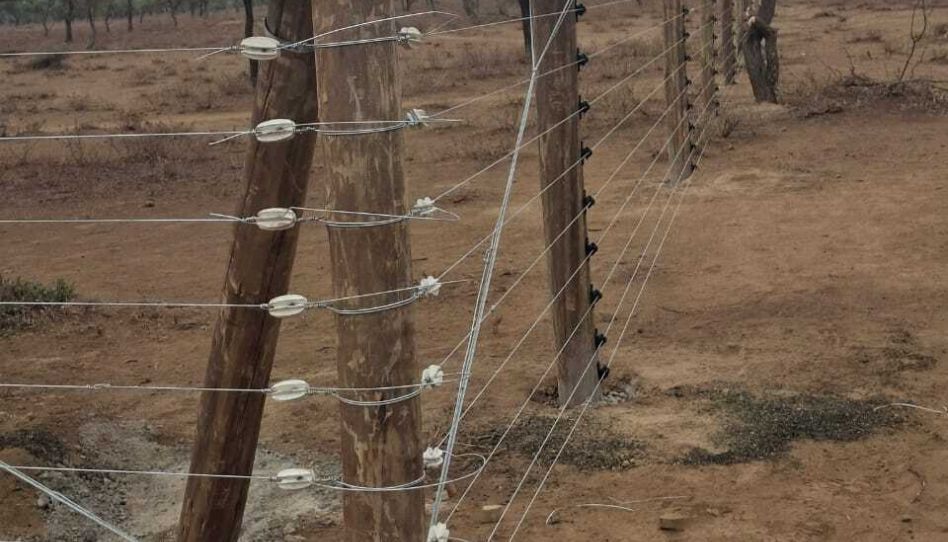
1. The Corner Assembly: The Fence’s Foundation
Every fence line, whether short or long, begins and ends with a corner assembly. These are not just posts in the ground; they are structural anchors designed to absorb and distribute the high tension created by the wires.
Without solid corners, the entire fence loses integrity. When tension builds along the line, it transfers to the ends — and if the corners aren’t strong enough, they lean, shift, or break. Once that happens, the wire loses tension, the alignment falters, and the fence becomes ineffective — or worse, dangerous.
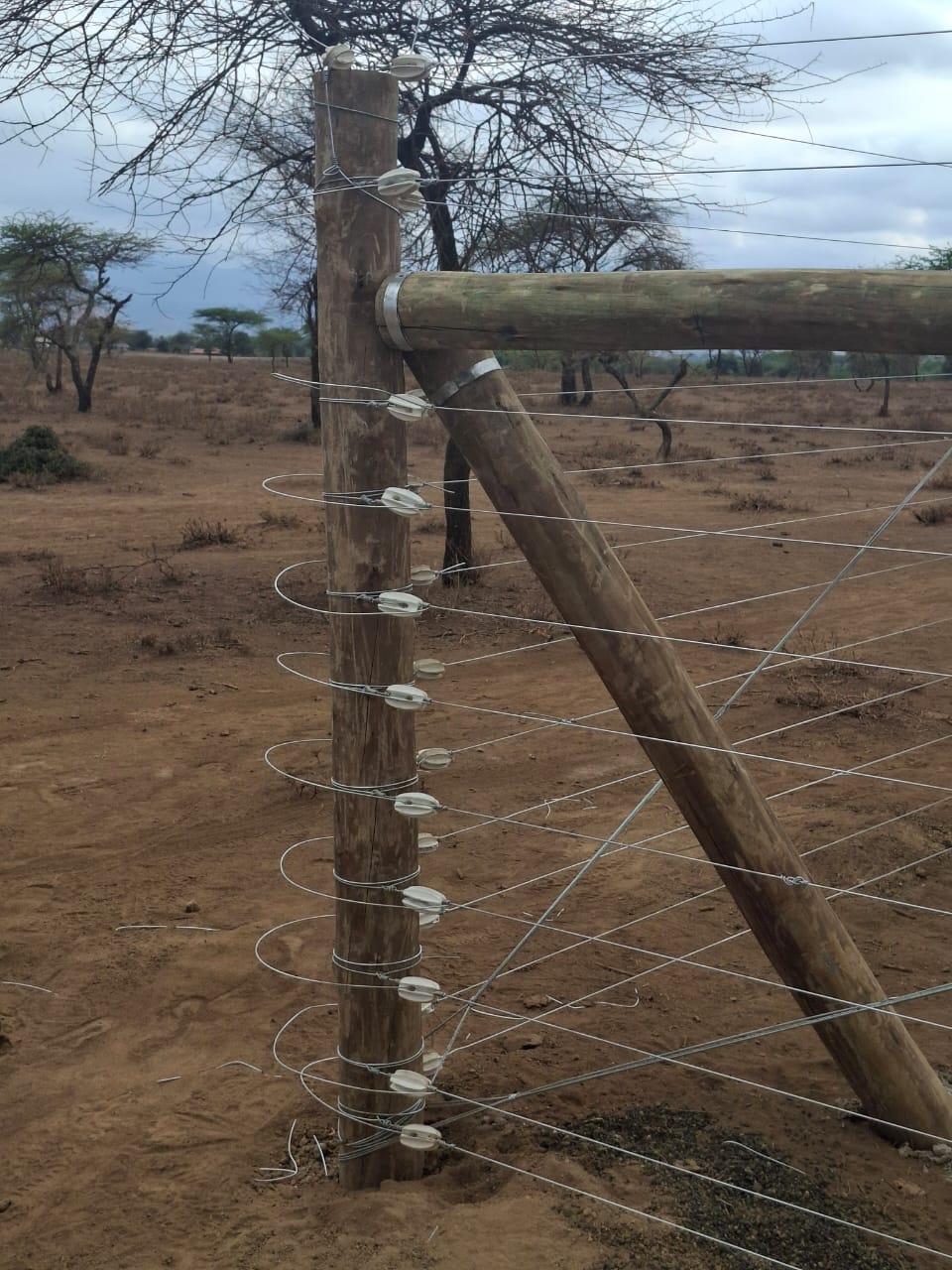
2. The Role of Tensioning Points and End Strainers
Tensioning points are where the wires are pulled tight to maintain straightness and strength. Each fence line must have properly installed end strainers — robust fittings that hold the wire under tension. The end strainer is like the “muscle” of the fence; it ensures the wire remains tight through heat, wind, and animal pressure.
When fixing corner assemblies, ensure that:
The strain insulators or tensioners are properly aligned with the direction of the fence line.
The wire tension is evenly distributed, not pulling the corner post in one direction.
All end strainers are securely fastened to handle full line tension without slippage.
Remember: over-tensioning can cause structural stress, while under-tensioning leads to sagging wires and poor current flow. Striking the right balance is key.
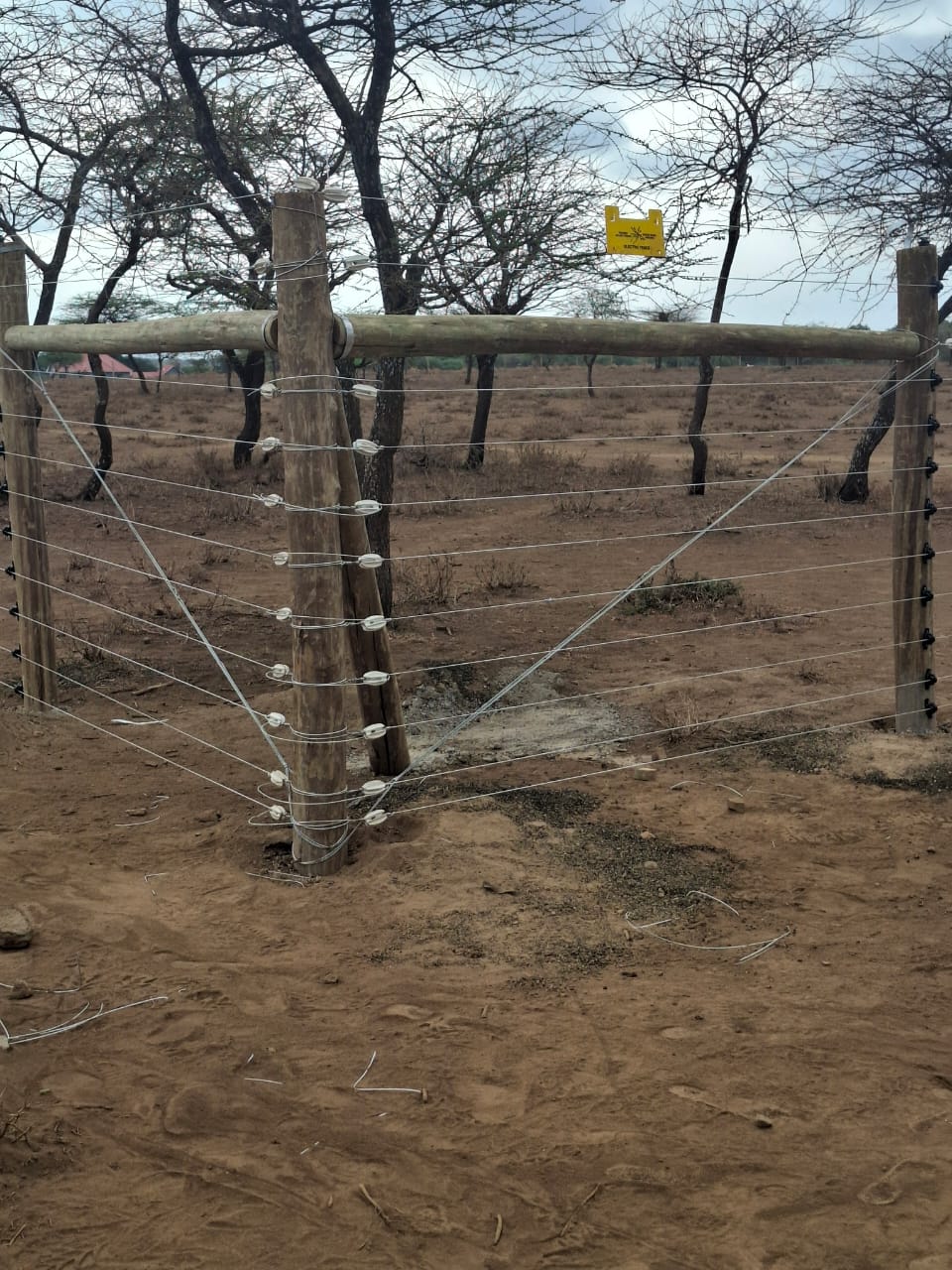
3. Corner Post Support and Stability
Your corner post must be the strongest in the entire line — larger in diameter, deeper in the ground, and properly compacted with concrete or rammed soil. This post carries the full pull of the wires, so it should never be treated casually.
At Fenken, we recommend:
- Using treated hardwood, steel, or concrete posts for corners and end assemblies.
- Setting the post at least 3 feet deep (or deeper in loose soil).
- Ensuring it’s vertically aligned before bracing and tensioning begin.
- Poorly aligned or shallow corner posts are the leading cause of premature fence collapse.
4. The Importance of Bracing Posts and Bracing Arms
A strong corner needs more than one post. This is where bracing comes in — the art of creating structural stability through connected posts.
There are two main bracing methods:
Diagonal (H-brace) – A horizontal bracing arm runs between the corner post and a brace post, supported by a diagonal wire or stay.
Diagonal Post Brace – A second post is placed diagonally between the corner post base and the ground near the next line post.
Whichever method is used, the goal is the same: distribute tension evenly and prevent the corner post from pulling over under load.
- Every brace must be:
- Properly sized and aligned.
- Firmly attached with strong fittings or welding.
- Installed before wire tensioning.
Poor bracing is one of the most common signs of unqualified workmanship — and a guarantee of future repairs.
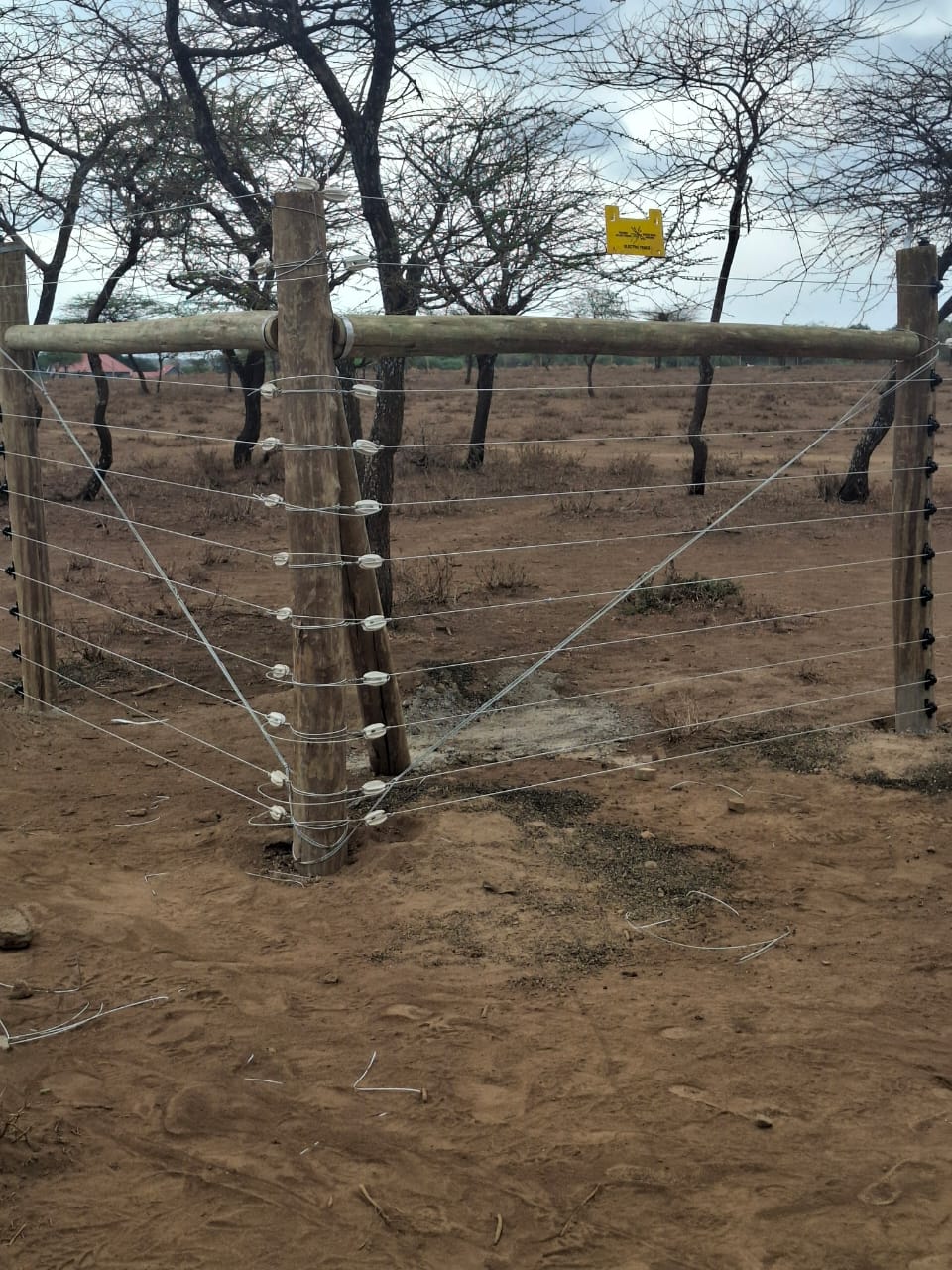
5. Alignment and Geometry: Getting It Straight from the Start
A fence is only as straight as its first line of sight. Before digging a single hole, take time to:
Mark the exact alignment using a string or laser level.
Check all corner angles — they should be square or aligned with the fence direction.
Confirm that tension lines pull evenly from both directions at every corner.
Misalignment, even by a few degrees, can cause unnecessary stress on posts, uneven wire tension, and long-term maintenance issues.
6. Fenken’s Professional Approach
At Fenken Fence and Supply, we build fences that last. Our teams understand that every successful fence begins with strong corners and precise engineering. We use:
High-quality, treated posts.
Professionally installed end strainers and insulators.
Tested tensioning techniques that maintain strength and electrical efficiency.
Well-measured bracing and alignment to ensure durability under all conditions.
We have seen many projects fail simply because of poor workmanship at the corners — cutting corners, literally and figuratively, leads to costly repairs and unsafe systems. Fenken stands for excellence, integrity, and durability, ensuring every fence we build performs exactly as it should.
The Corner Holds It All Together
The corner assembly may not be the most visible part of an electric fence, but it is undoubtedly the most important. It bears the load, defines the line, and ensures the entire system’s longevity.
So take the time. Set it right. Brace it properly. Align it carefully. Because in fencing, as in life, the strength of the whole structure depends on the soundness of its corners.
👉 Learn more about our professional fencing services at www.fenken.co.ke
